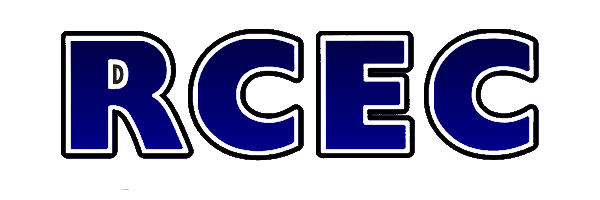Surge Protection
Your electricity and electrical appliances are so much a part of your life; you hardly think about them--until there's trouble. Trouble comes in the form of power surges caused by such events as lightning strikes, cars colliding with utility poles, limbs falling on electrical lines, and demand fluctuations within the home. Any of these occurrences could send uncontrolled electrical surges into your home's wiring and damage the appliances and electronic equipment you depend on.
A power surge can come into a home through any wire, including antenna lines, telephone wires and television cable lines.
A comprehensive home power protection program can help eliminate the risk of costly and inconvenient damages caused by power surges. Whether the disturbance is natural or man-made, small-scale or catastrophic, today's sophisticated protective systems can make your equipment more dependable than ever before.
Many power surge problem in a home can be associated with improper wiring and grounding. Grounding must adhere to the requirements of manufacturers, local codes, and the National Electrical Code (NEC)--for safety as well as for proper operation of any surge protection system. Commonly overlooked problems include improperly grounded main disconnects and circuit devices. NEC recommends that multiple grounds (such as those at telephone and CATV service entrances, satellite poles and dishes, metal well casings, and antenna towers) be bonded together to reference a common ground.
Contact your local building code authority about proper grounding requirements.
To prevent voltage surges from entering your home and doing damage, a comprehensive home surge protection system adds two stages of protective devices to your power connections: a meter adapter, installed by your electric cooperative outside your home, and plug-in surge protection devices which you install in your home.
Together, these two stages of surge protection help prevent disturbances from outside and inside the home.
